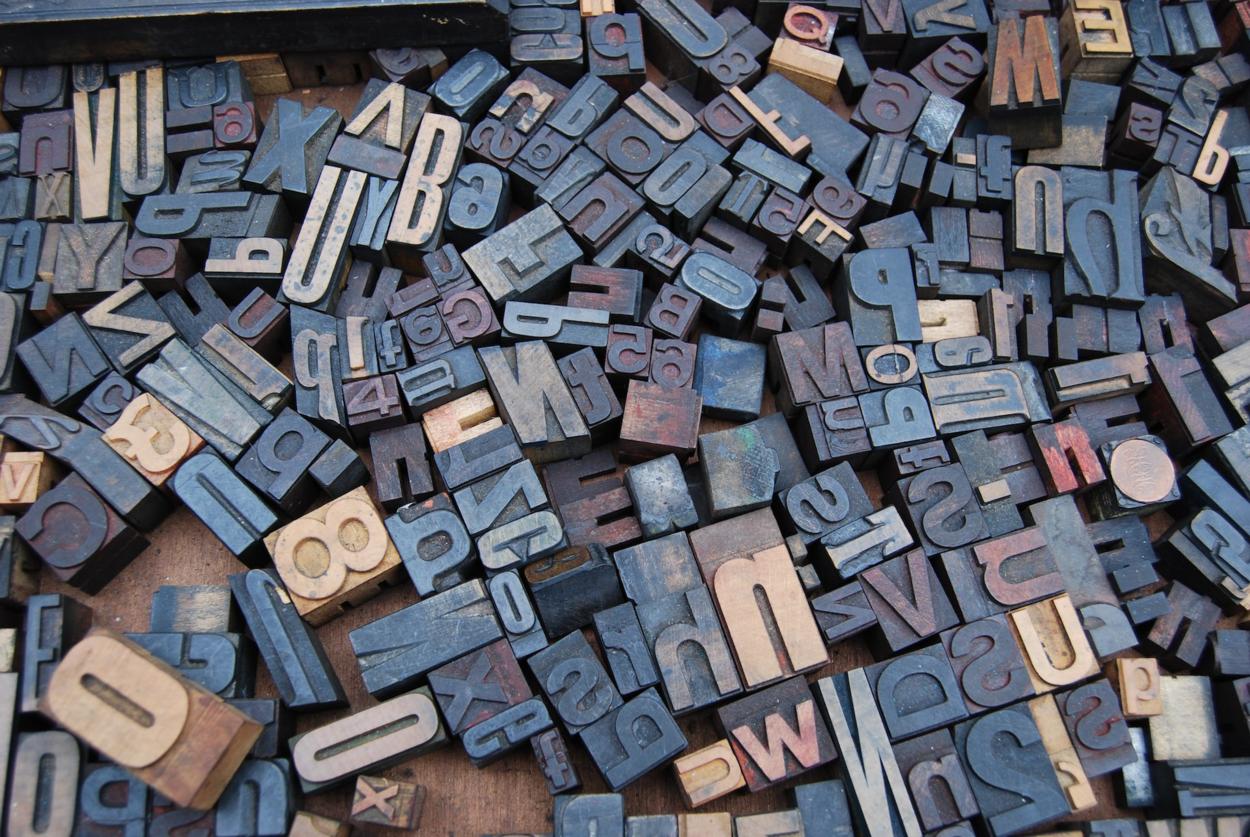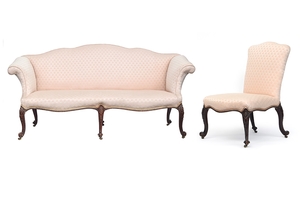News and Events

The Earnshill Suite - an Important Example
Posted On: 14 Jun 2024 by Isaac GoodwinBusby are delighted to offer for sale, on the 18th July 2024, an important 18th century suite of mahogany seat furniture, c.1760, comprising a sofa, ten upholstered side chairs, and three window seats of graduating size, all raised on gadrooned and cabochon carved cabriole legs, terminating in scroll feet and leather casters, the property of Mr Combe of Earnshill House, Somerset.


The suite, built for the house c.1760, is an incredibly rare example in that there is documentary evidence of its existence in the property from just a few years after its creation. Currently held in the Somerset archives, “An Inventory of the Furniture at Earnshill taken the 15th of September 1780” reads:
The Green Drawing Room
...
8 Chairs & 1 Sopha covered with Do.
1 Mahogany Card Table
The India Drawing Room
...
2 Chairs
3 half Sophas
The suite currently comprising of exactly this number, with the corresponding card table, there can be little doubt that this inventory refers to the same.
The suite gets a mention in a Country Life article of October 20th 1960; ‘The saloon, not at present in use, retains its important mahogany suite of seat furniture comprising a settee, 12 chairs, to stools and a window stool. A Mark of the unusually high quality of the set is that the finely scrolled legs with cabochon enrichment are repeated at the back of all the pieces. But since the design is typical of the 1750s the set must be a little later than the room, to which lustre is given by the graceful late-18th-century cut glass chandelier’
The suite is very much in the manner of Cobb and Vile, and indeed William Vile does have Somerset connections, with relatives in nearby South Petherton being mentioned in his will; to 'James Humphrey and Sarah Humphrey late of South Petherton … Somerset, but now of London, my cousins’, to ‘William Humphrey of Middle Lambrook … Somerset, farmer, my Kinsman. Vile was also working extensively in Dorset at this time, both at Came House, and at Longford Castle, supplying furniture to the former from c.1756-1764.
A provincial maker has, however, been suggested for this suite, potentially a Bristol firm, but certainly West Country based. A second, and rather opinionated, Country Life article of 1960 comments: ‘The architect seemed to be well read in Palladian theory and acquainted with the latest developments of country villa design…but to show his second-rateness in the climsiness of certain parts and their relationships, resulting in a curious inordinateness’. The family portraits, too, are in the latest styles, but display a slight naivety in execution. Accordingly, although the suite displays the highest quality in workmanship, an excellent knowledge of the latest fashions, and has no expense spared in timber use and selection, the decorative carving of the cabochons sits a little oddly with the gadrooned border, itself, at points, somewhat unusually conceived. This would point to the suite not being the work of a London firm.
Polly Legge in her study of the Bastard Brothers of Blandford (The Bastards of Blandford: an Inventory of their Losses in the Fire of 1732, Furniture History , 1994) has shown the potential for a provincial firm to be producing work in the latest fashions, and to the highest quality. She writes: ‘the many furniture entries in the inventory demonstrate that the manufacture and sale of furniture formed a considerable part of the family business…the large stock of walnut veneers indicates that many of the articles were expensively veneered. Gilded and japanned items are also recorded. It would appear that John Bastard's occasional use of the term 'cabinet maker' was justified’. High quality examples attributed to the Bastard Brothers can be found at Lulworth Castle, in part decorated and furnished by the Bastards.
This being the case, it seems very likely that this is a rare and historically interesting example of an extensive and expensive suite of 18th century furniture, made provincially, but by a workshop thoroughly ‘acquainted with the latest developments’ in furniture design.

